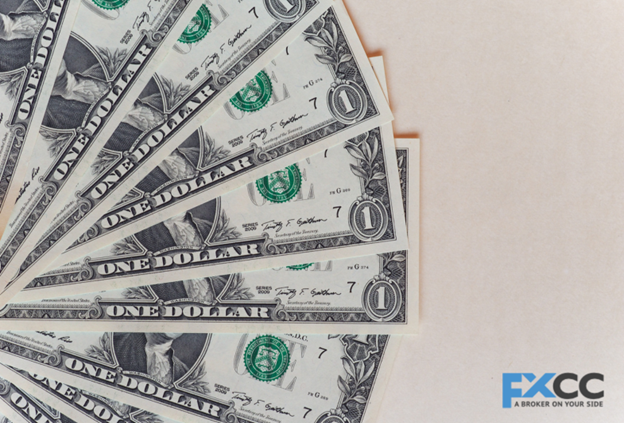The foreign exchange market, or Forex for short, might seem dominated by the US dollar (USD). But venture beyond the greenback, and you’ll discover a vast and exciting world of non-USD currency pairs. Understanding these pairs can be a game-changer for traders, investors, and even businesses with a global reach.

Why Look Beyond USD?
Sticking solely to USD pairs limits your exposure to what’s happening in other parts of the world. Non-USD pairs offer diversification, a crucial concept for managing risk. Imagine the US economy hits a rough patch, weakening the dollar. By strategically incorporating non-USD pairs into your portfolio, you might benefit from stronger currencies tied to booming economies, potentially offsetting losses in the USD.
Regional Focus and Enhanced Opportunities
Let’s say you’re particularly interested in the European or Asian markets. Analyzing Euro (EUR) or Yen (JPY) based pairs can provide valuable insights into these regions’ economic health and trade flows. This knowledge can inform investment decisions or business strategies tailored to those specific markets. Additionally, non-USD pairs can be more dynamic compared to their USD counterparts. While this translates to potentially higher risk, it also presents skilled traders with the opportunity to generate larger profits, provided they understand the underlying factors influencing these currencies.
Navigating the Non-USD Landscape
Non-USD pairs, or “cross-currency pairs,” don’t involve the US Dollar at all. There are different categories within this realm. Major crosses, like Euro (EUR), Japanese Yen (JPY), British Pound (GBP), and Swiss Franc (CHF), offer a good balance of stability and volatility. These currencies represent major developed economies and are generally more liquid, meaning they can be easily bought and sold without significant price swings.
What Makes Currency Prices Move?
Non-USD pairs, just like USD pairs, are affected by many things. Stuff like interest rates, inflation, and how much a country trades with others all play a part in how much a currency is worth. Understanding how healthy a country’s economy is key to figuring out how its currency might change value. Even things like politics and how worried people are about the global economy can affect currency prices. For example, if everyone’s scared about a recession, they might buy currencies seen as “safe,” like the Swiss Franc (CHF) or the Japanese Yen (JPY), making them more valuable compared to other currencies.

Unlocking the Potential
Technical analysis, which utilizes charts and indicators to identify trends and patterns, can help identify entry and exit points for trades in non-USD pairs. Additionally, understanding the underlying economic and political factors that influence these currencies can lead to informed trading decisions. Businesses operating internationally can leverage non-USD pairs to hedge against foreign currency fluctuations, protecting their profit margins from unexpected currency movements.
A Cautious Approach is Key The foreign exchange market is inherently complex, and non-USD pairs add another layer. Before diving in, it’s crucial to educate yourself thoroughly on the specific currency pairs you’re interested in. Research the underlying economic and political factors that might affect them. Try playing with fake money first, before using your own cash in the real market. Remember, proper risk management is essential. Techniques like using stop-loss orders can help limit potential losses. It’s always best to start small and gradually increase your activity as you gain confidence and experience. By approaching the world of non-USD currency pairs strategically and with a healthy dose of caution, you can unlock their true potential and potentially reap the rewards of a diversified and informed investment or trading strategy.


